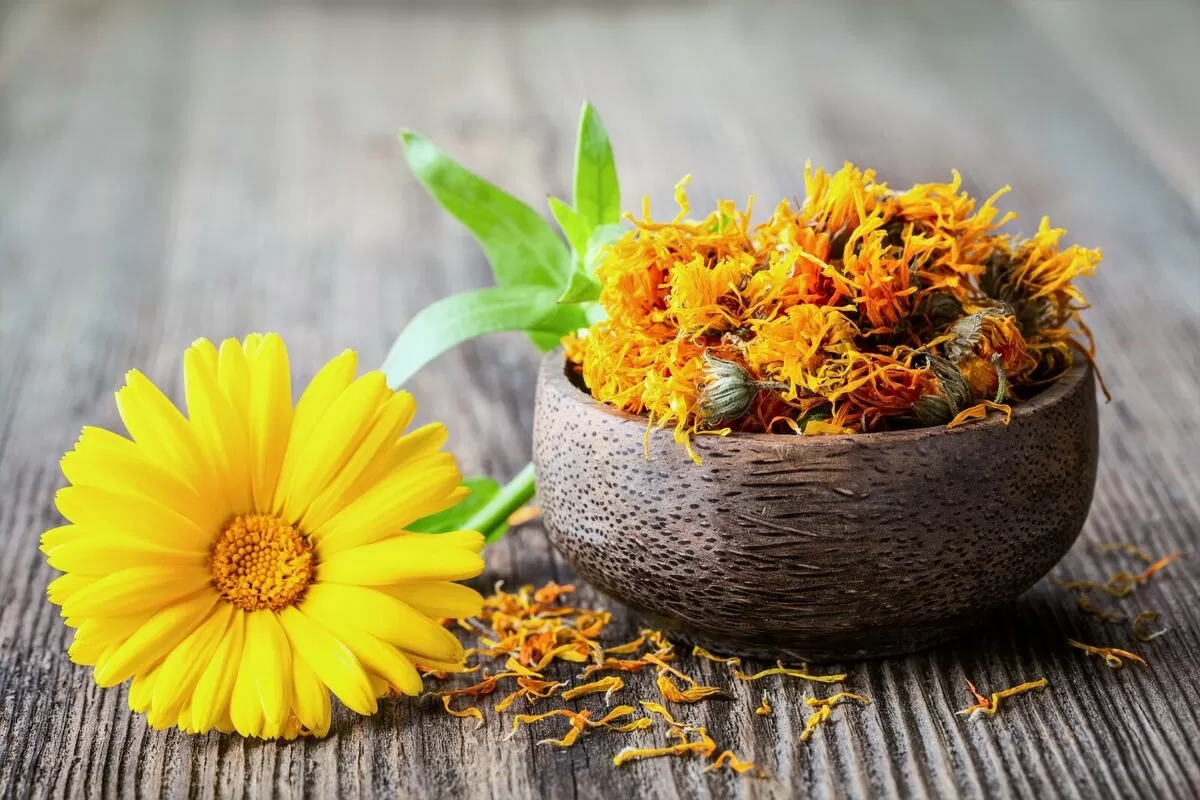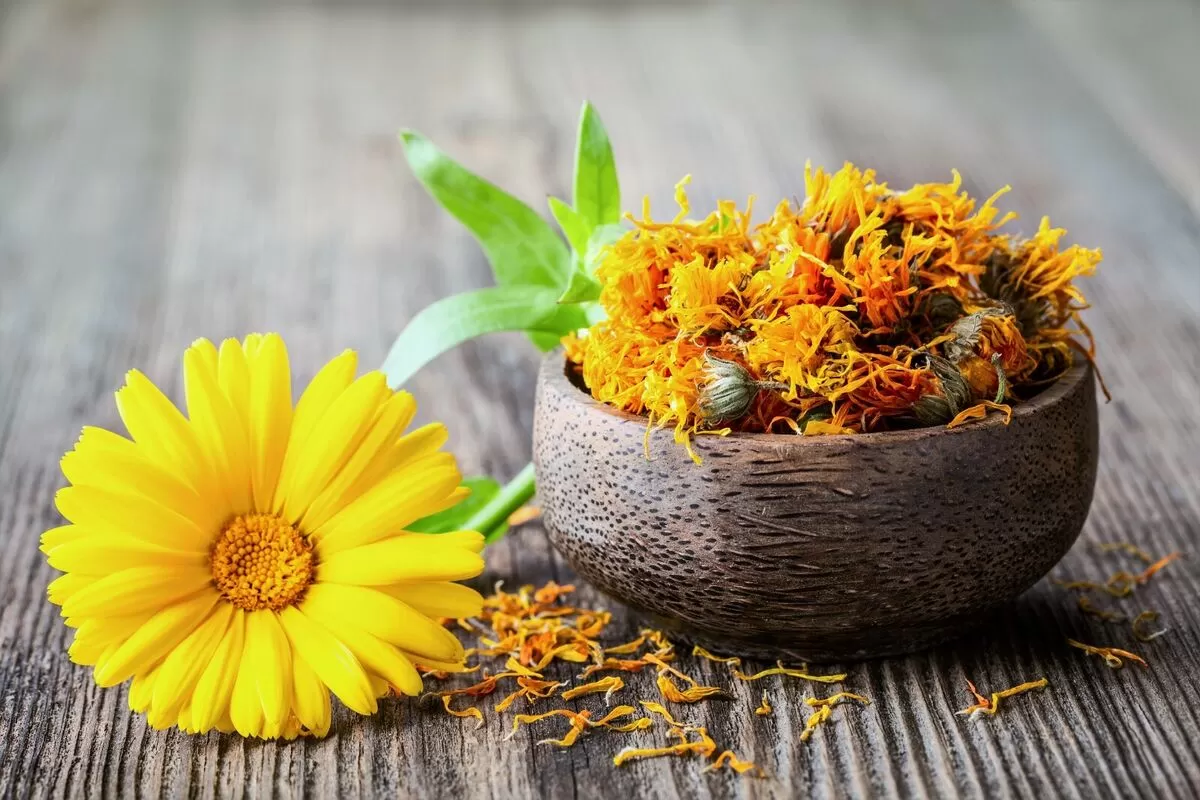- 0086-571-85302990
- sales@greenskybio.com
Are marigolds safe for human consumption?
2025-03-23
Marigolds, known for their striking orange and yellow blooms, are a beloved feature in gardens worldwide, offering aesthetic beauty and pest-repelling properties. Scientifically referred to as Tagetes, marigolds encompass various species, commonly found in the ornamental floral landscapes of homes and parks. Beyond their visual appeal, marigolds have piqued curiosity about their edibility and potential health benefits. This article explores whether marigolds are safe for human consumption, examining their nutritional properties, uses in culinary practices, and underlying scientific research on their potential benefits and safety.
Understanding Marigolds as Edible Flowers
Flowers have adorned human diets for centuries, employed for flavor, garnish, and nutritional supplements. Marigolds are among the edible flowers gaining attention for their culinary potential, historically used in some cultural dishes and herbal medicine practices. Their petals are characterized by a peppery and citrus-like flavor, imparting unique qualities to dishes such as salads, soups, and herbal teas.
Studies have showcased marigolds' nutritional composition, revealing vital compounds such as flavonoids, carotenoids, lutein, and zeaxanthin. These components contribute to their vibrant color and offer antioxidant properties, which combat oxidative stress and promote overall health.
Assessing Safety of Consumption
When considering marigolds for human consumption, understanding their safety is paramount. Generally, marigold petals and leaves are considered safe for consumption in moderate quantities. However, caution is advised due to potential allergic reactions and gastrointestinal irritation in sensitive individuals. Consuming marigold leaves or flowers in large amounts may lead to discomfort, emphasizing moderation.
The specific species of marigold, such as Tagetes erecta (Mexican marigold) or Tagetes patula (French marigold), are commonly used in food preparations. Ensuring the marigolds used are free from pesticides and chemical treatments is crucial for safe consumption.
Health Benefits of Marigold Consumption
Antioxidant Properties
Marigolds are rich in antioxidants, particularly lutein and zeaxanthin, which are powerful carotenoids renowned for supporting eye health. These compounds help filter harmful high-energy blue wavelengths of light, thus protecting the eyes from potential damage and reducing the risk of age-related macular degeneration.
Additionally, the flavonoids present in marigolds exhibit antioxidant activity, contributing to cellular protection against oxidative stress, which is linked to chronic diseases such as heart disease and cancer.
Anti-inflammatory Effects
Research has suggested that marigolds possess anti-inflammatory properties that aid in alleviating symptoms associated with inflammatory conditions. This potential stems from the bioactive compounds within the plant, offering relief for issues such as skin irritations or digestive discomfort.
While scientific evidence on marigolds' anti-inflammatory efficacy is limited, their traditional use in herbal medicine as soothing agents supports their beneficial role in wellness practices.
Immune System Support
The nutritional components in marigolds, particularly the antioxidants, support immune system function by enhancing the body's defensive mechanisms against pathogens. Including marigold petals in diets can contribute to maintaining overall health and vitality.
Uses in Culinary Practices and Preparations
Marigolds are versatile in culinary applications, adding visual appeal, flavor, and nutritional value to various dishes:
Salads and Garnishes: Marigold petals can be scattered over salads or used as vibrant garnishes for entrees, bringing color and a subtle peppery flavor.
Herbal Teas and Infusions: Brewed marigold petals can be combined with other herbs to create delightful teas, offering both taste and potential health benefits.
Soups and Stews: Incorporating marigold petals into soups and stews enhances flavor layers, imparting a citrus-like and mildly spiced note.
Safety Considerations and Precautions
While marigolds are generally safe for consumption, attention to potential allergic reactions, especially in individuals with plant sensitivities, is important. Always test a small amount before consuming larger quantities. Pregnant or breastfeeding women and individuals with pre-existing medical conditions should consult healthcare professionals before introducing marigolds into their diet.
Ensuring marigolds are organic and free from chemical treatments is vital to avoid adverse effects from pesticides or preservatives.
Conclusion
Marigolds offer a blend of aesthetic, culinary, and medicinal potential, extending their utility beyond ornamental settings. Rich in antioxidants and bioactive compounds, marigolds can enrich diets with flavor and health benefits when consumed responsibly. Their inclusion in salads, teas, and gourmet dishes showcases their versatility and complements wellness practices.
Understanding the nuances of marigold consumption and prioritizing safety and moderation can allow individuals to explore and enjoy the diverse advantages of this vibrant flower. As interest in edible flowers and natural health solutions grows, marigolds stand out as a viable and beneficial addition to contemporary culinary and health practices, balancing tradition with scientific insights.
-
Is Marigold Good for Eczema?
2025-03-23
-
Can we apply marigold on face?
2025-03-23
-
What are marigolds used for?
2025-03-23
-
Is marigold good for inflammation?
2025-03-23














